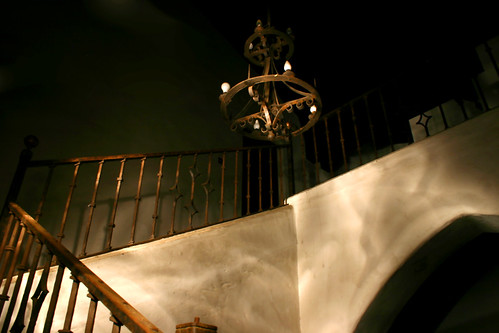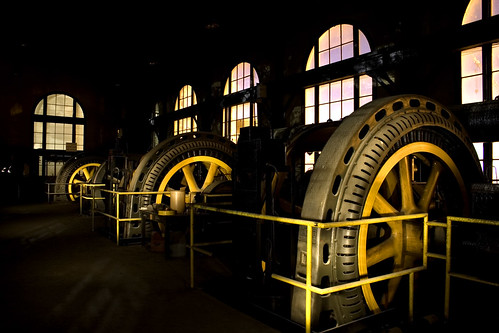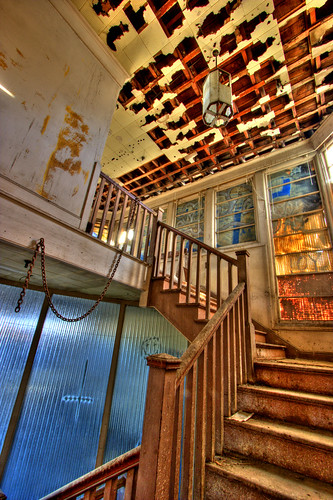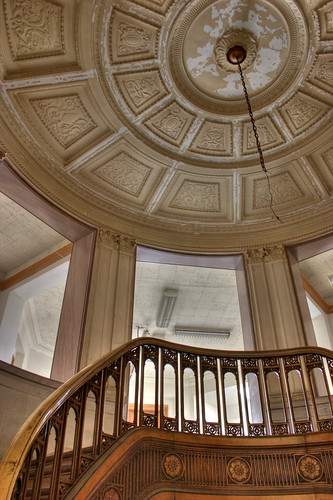The Jackling House Showdown
May 1st, 2007By Jonathan H

The Jackling House in Woodside, owned by Steve Jobs. The historic Spanish-Colonial home’s fate, designed by George Washington Smith, is in limbo and is the centerpiece of a heated debate in the State Supreme Court over historic preservation and public vs. private rights.

With the outbreak of World War I, Jackling’s stake in copper was very advantageous. Many of us are well aware of copper’s importance in the war efforts. Even during World War II copper pennies were replaced with steel pennies as a result of the high demand for the medal. President Woodrow Wilson awarded Jackling the Distinguished Service Medal for his efforts as director of the government’s explosives plants.
Jackling was a household name in the early 20th century. He was related by marriage to the illustrious Spreckels family (of sugar fame) and hobnobbed with the likes of J.P. Morgan. His life, though, began as a tragedy. Orphaned at the age of two when a household accidental fire killed both of his parents, he was raised in Missouri by relatives.
The came time when Daniel Jackling passed away in his mansion in Woodside in 1956. The Jackling House then changed hands, and its subsequent patrons were no less auspicious. Claire Giannini Hoffman, famed daughter of Bank of America’s A.P. Giannini purchased the stables (known as the Champagne Paddocks). Shirley Temple came by once, as did Pat and Richard Nixon. President Bill Clinton and Sen. Hillary Clinton stayed in an adjoining house during the 90s, while secret service agents hung out in the mansion’s many bedrooms nearby.

Today, the Jackling House is owned by Steve Jobs — the billionaire who founded NeXt Computers and Apple, who is now famous for his pitches for Ipods and Iphones and all things “I” in an almost-ode to P.T. Barnum.The Jackling house sits on its original plot of land (Jobs is trying to get a buyer who can pay to move it for him; he wants a smaller home his own iHome, one might say). Rain drips through the roofs on to the Aeolian Pipe organ. A classic pool table sits in a room with the pool balls still in the racks. The faint scent of skunk permeates the interior. And the place is eerily silent. In the middle of an upper-class neighborhood, it seems, all noises seem far off. You can only hear the distant engine of a car driving down Woodside’s main street.

The grounds are immaculately landscaped. The house itself, is not maintained so well. Jobs has been fighting for its demolishment but has run into opposition by a group known as “Uphold our Heritage.” As a home designed by famed architect George Washington Smith, the Jackling House has merit for National Register nomination. Though legally, Jobs can demolish the building, the Environmental Impact Report process stipulates that all options for mitigation should be looked into. The Friends of the Jackling House have been battling in court, saying that Jobs has not sufficiently looked into mitigation efforts. The showdown itself has made its way to the State Supreme Court, and could potentially have far-reaching effects for historic preservation and procedure well into the future
Further Research
http://www.almanacnews.com/morgue/2002/2002_02_27.jackling27.html


























